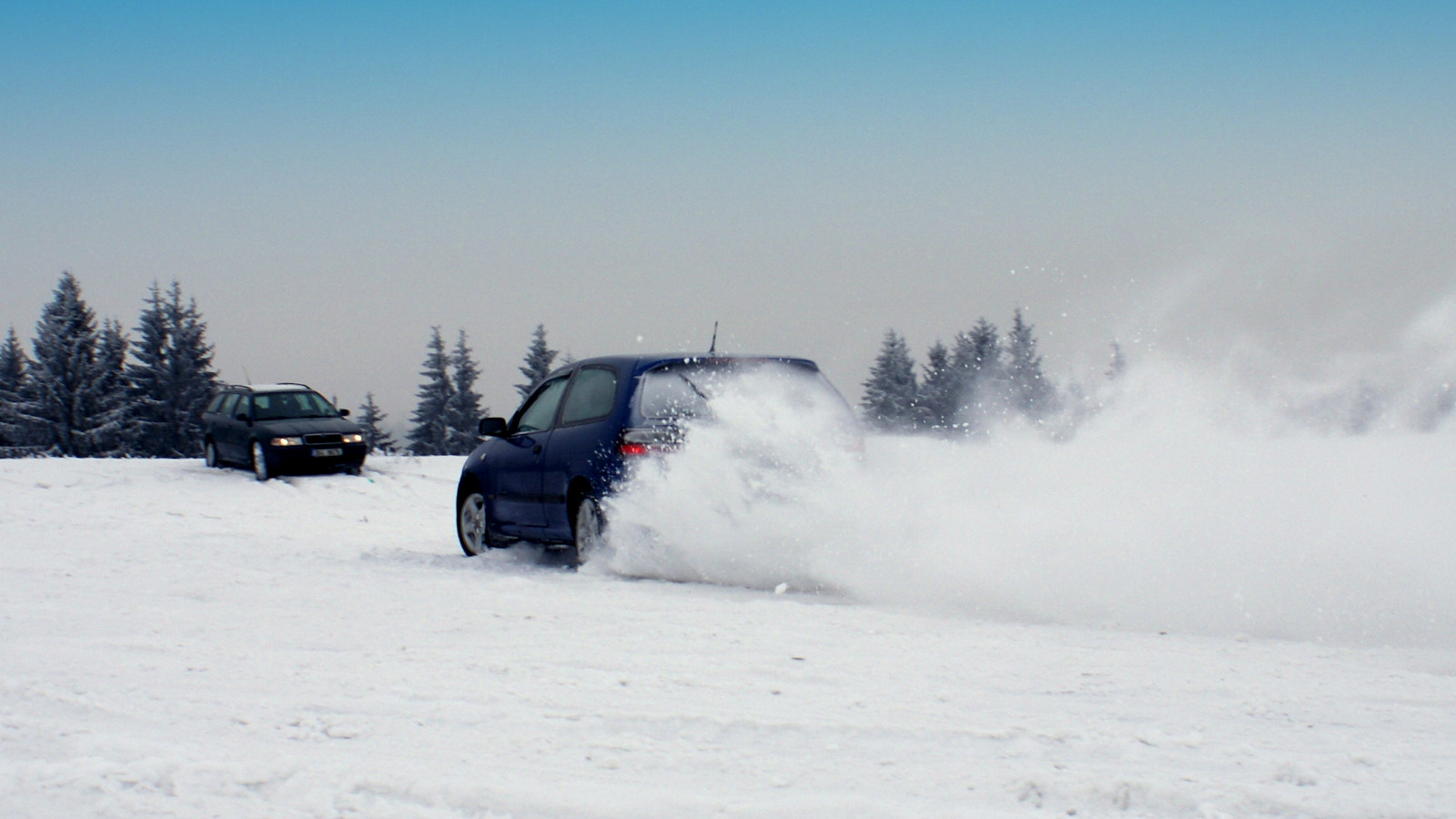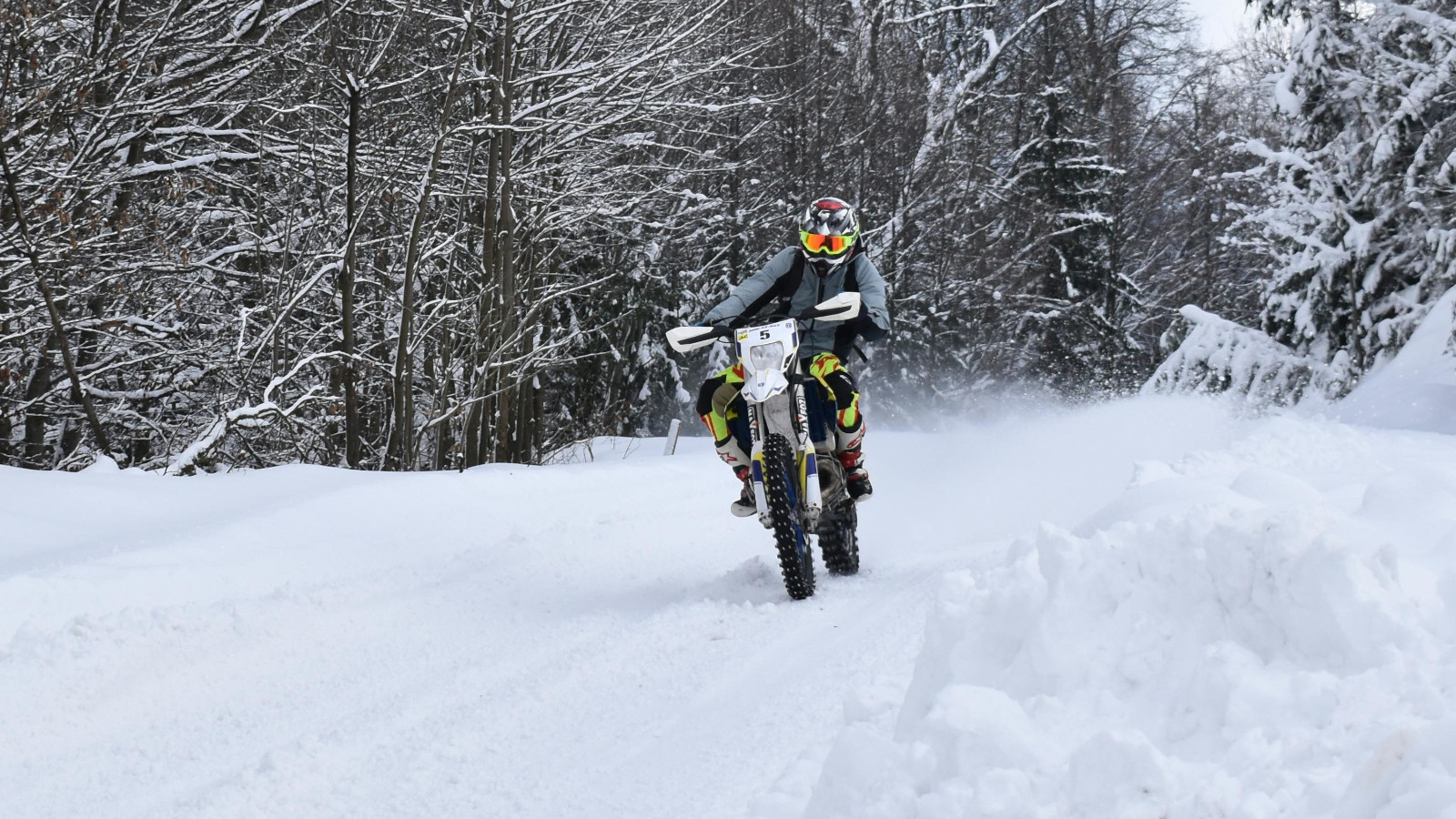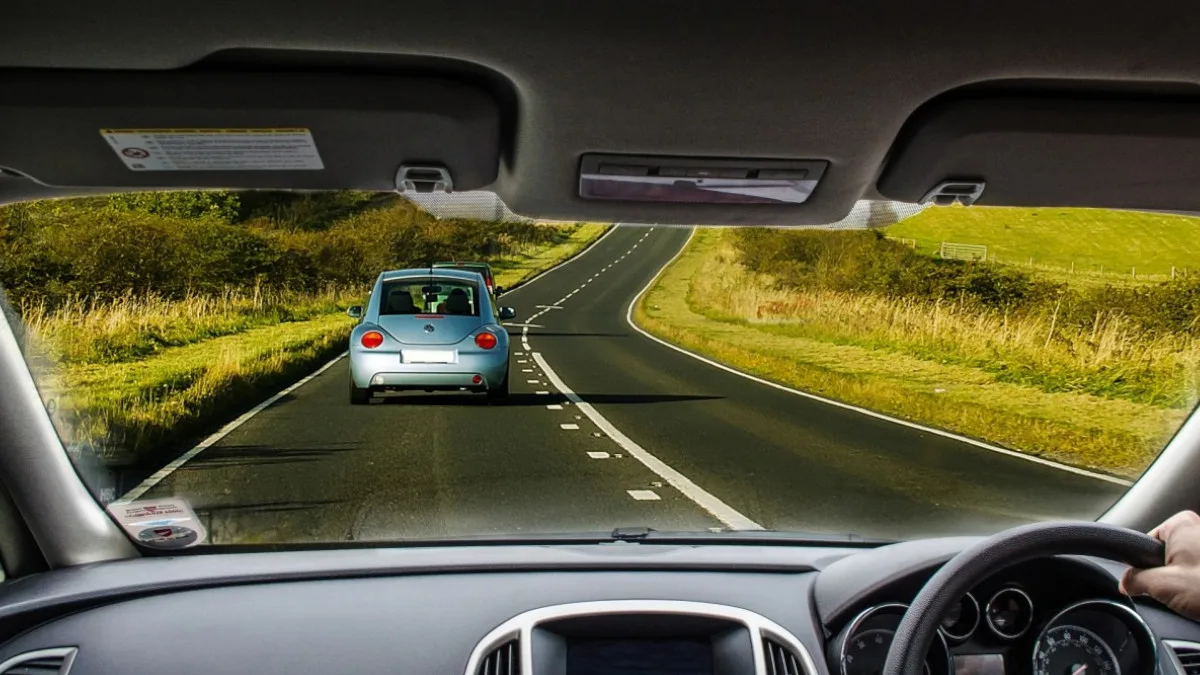Winter wonderlands bring joy, but navigating snowy roads demands a skillful approach to ensure safety on your journey. As more than 150,000 auto crashes occur annually due to icy roads, mastering the art of driving in snow is crucial. Our comprehensive guide provides you with essential tips to not only survive but thrive on snow-covered roads.
Lane Discipline: Your Path to Safety
In the challenging winter conditions, maintaining lane discipline becomes paramount. Rapid lane changes, especially on slippery roads, can escalate dangers. Stick to a single lane, allowing for smoother navigation through snow and limited visibility. Aggressive acceleration poses risks, so opt for a steady pace to avoid unexpected collisions.
Route Mastery: Plan for Success
Before embarking on your winter journey, thorough route planning is your key to success. Study your route, considering major roadways that are more likely to be plowed or gritted for enhanced traction. Stay informed about local weather reports and traffic updates, giving yourself ample time to reach your destination. Preparedness is your shield against unforeseen disruptions.
Winter Tires: Your Cold-Weather Allies
Investing in winter tires is a game-changer for those residing in snow-prone areas. Unlike all-season tires, winter tires offer unparalleled traction in snow, slush, and ice. Consider complementing them with snow chains for added grip, ensuring your vehicle remains stable in challenging winter conditions. A proactive approach to tire selection significantly contributes to safe winter travel.
Clear Vision: Defrost for Safety
Maintaining clear visibility is crucial during winter driving. Regularly clean your windows and windshield inside and out to prevent fogging, a common winter hazard. Embrace fresh dry air by briefly lowering your windows, eliminating humidity that contributes to windshield fogging. Clear vision ensures you stay aware of the road and traffic around you.
Emergency Preparedness: Your Winter Survival Kit
Anticipate the unexpected by carrying a winter emergency kit in your vehicle. Essential survival supplies, safety items, car maintenance tools, and winter clothing should be part of your kit. Explore our detailed guide on what to include in a winter car emergency kit for comprehensive preparedness.
Speed Caution: Navigate Safely
While the temptation to speed exists, resist it during winter driving. Low visibility and slippery roads demand a cautious approach. Driving at lower speeds enhances your reaction and stopping time, mitigating the risk of accidents. Avoid aggressive acceleration, embracing a safety-first mindset for a smooth winter journey.
Illuminate the Way: Headlights for Visibility
In heavy snow conditions, visibility is a shared challenge. Ensure your headlights are on to make your vehicle visible to others on the road. While brights or fog lights might seem tempting for better vision, refrain from using them unless there is actual fog. Prioritize safety by making your presence known without compromising others’ visibility.
Skid Management: Stay in Control
Encountering black ice can be daunting, but maintaining control is crucial. Follow these steps to navigate safely:
- Avoid rapid acceleration or braking to prevent hydroplaning.
- For front-wheel drive or rear-wheel drive with ABS and traction control, steer gently towards open space.
- In rear-wheel drive without ABS or traction control, ease off the accelerator while steering towards an open space.
Stay Alert: Vigilance is Key
Beyond focusing on your own vehicle, stay vigilant about others on the road. Be aware of surrounding vehicles, anticipating that not all drivers may adhere to safe winter driving practices. Minimize distractions to stay alert, avoiding activities that could compromise your attention to the road.
Discover more from Wheels Craze - Automotive News, EV News, Car News, Bike News
Subscribe to get the latest posts sent to your email.





